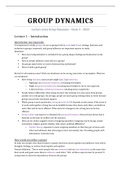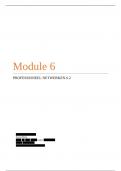Notes de cours
Lecture Notes: Histories of Architecture and Urbanism (7A1B20)
- Cours
- Établissement
These lecture notes provide a detailed summary of 7A1B20: Histories of Architecture and Urbanism, covering key developments in global architecture and urban planning from prehistory to the present. They outline major themes, case studies, and theoretical discussions, offering a structured overview ...
[Montrer plus]












